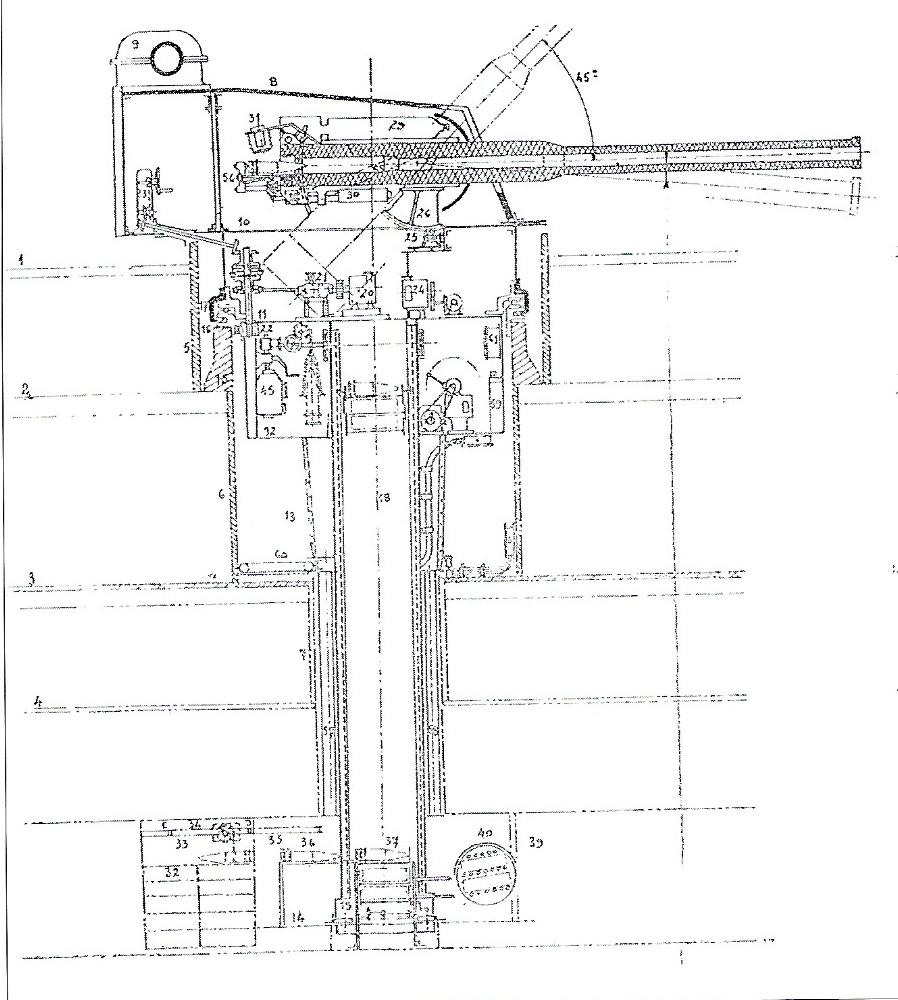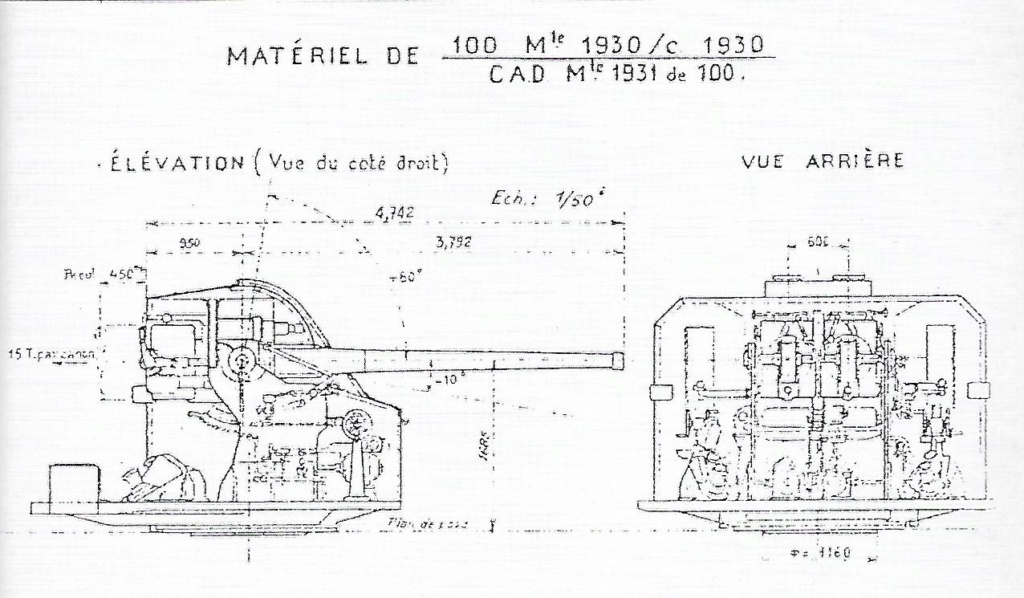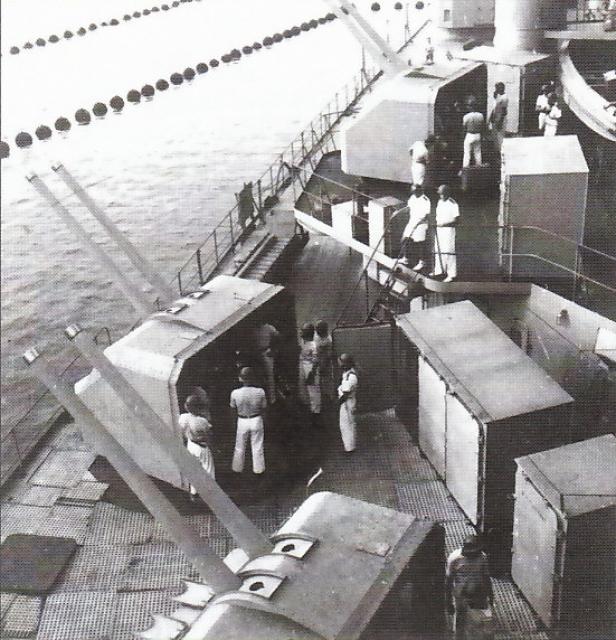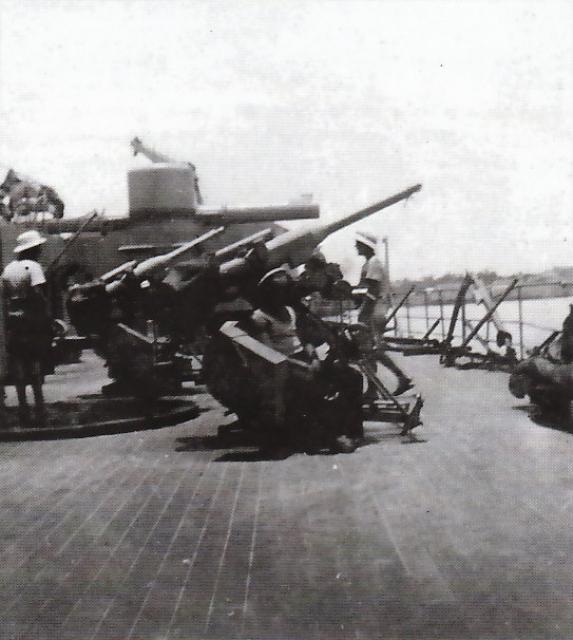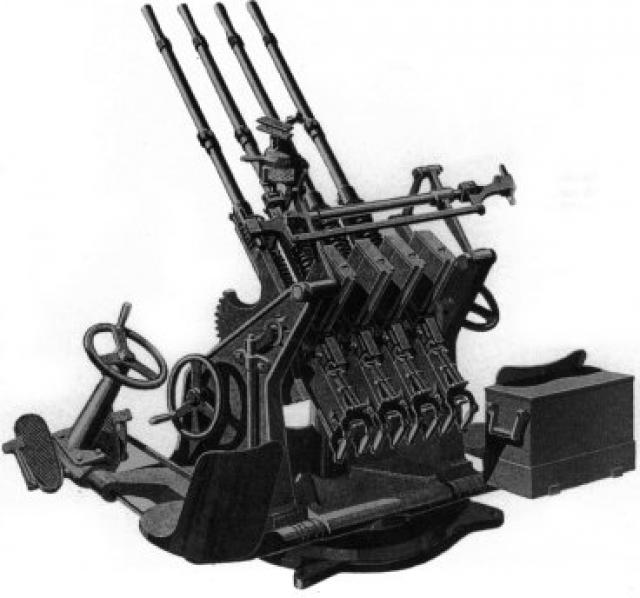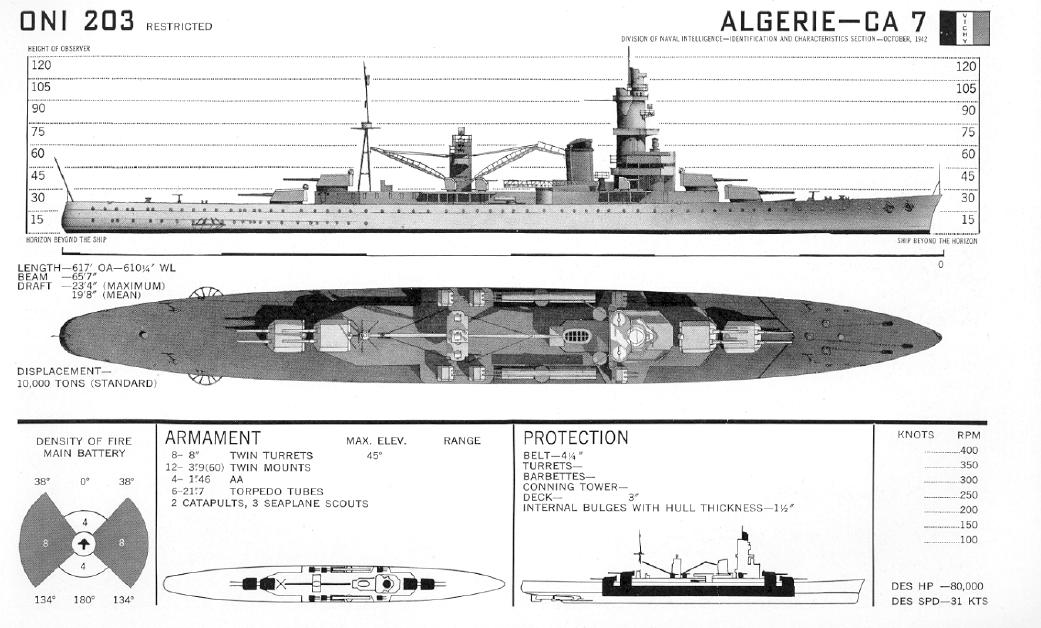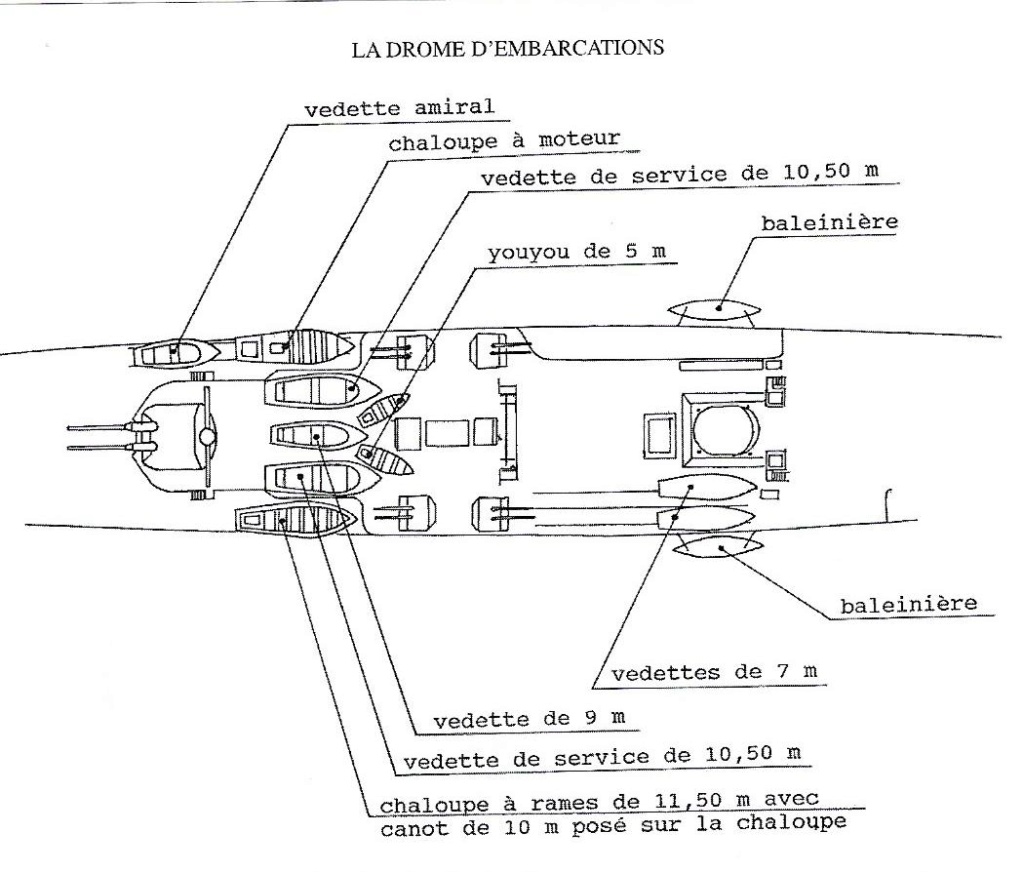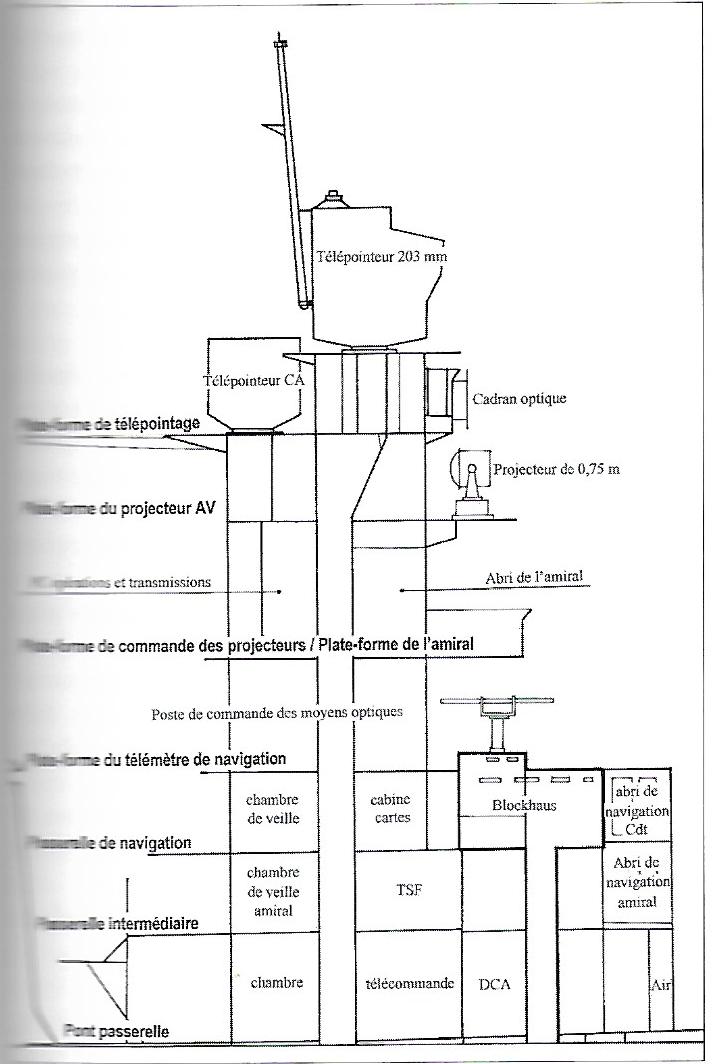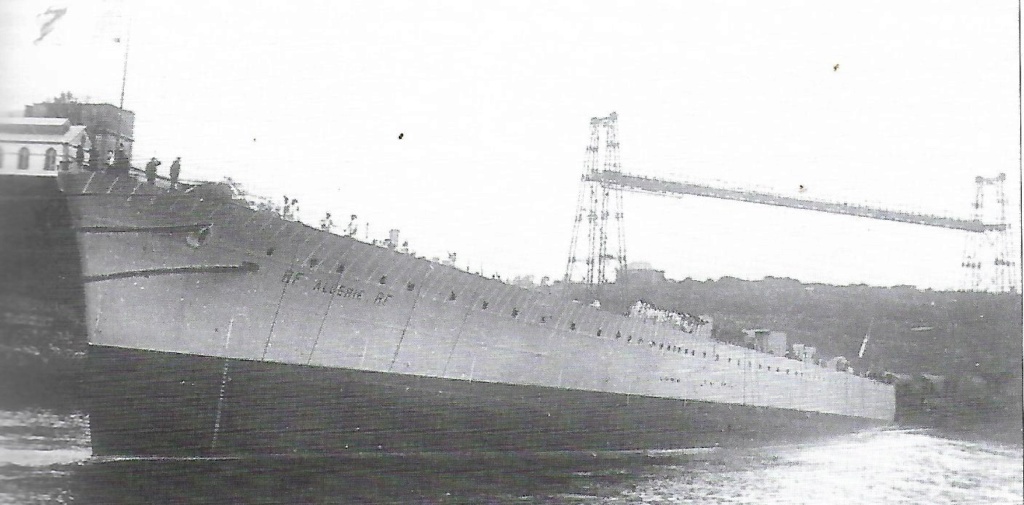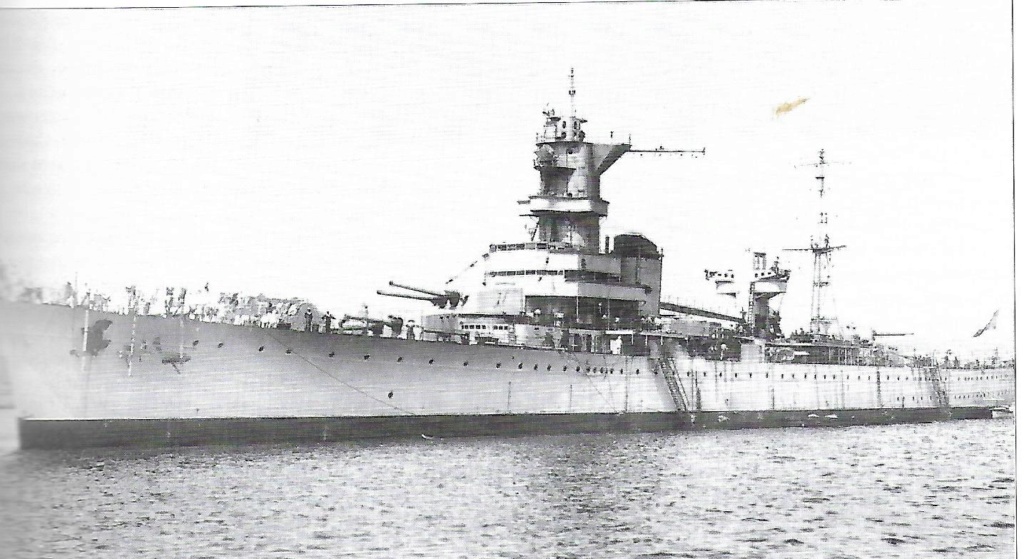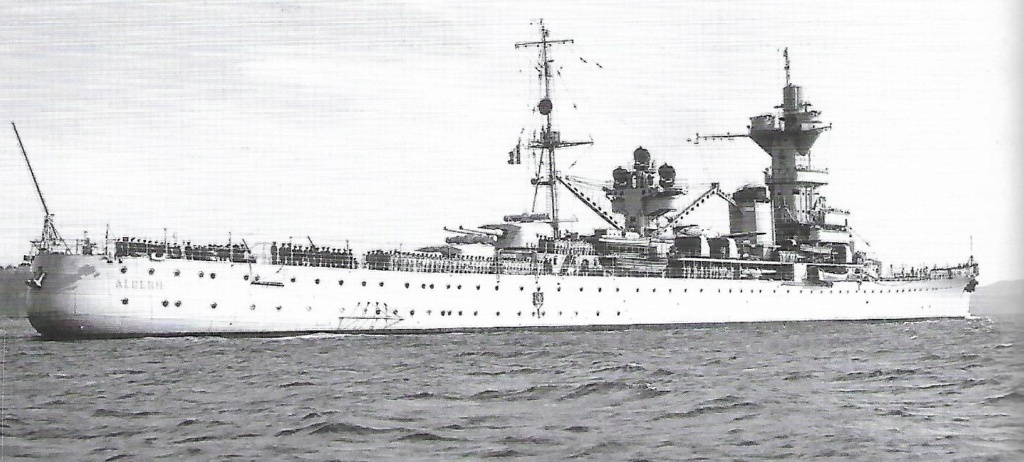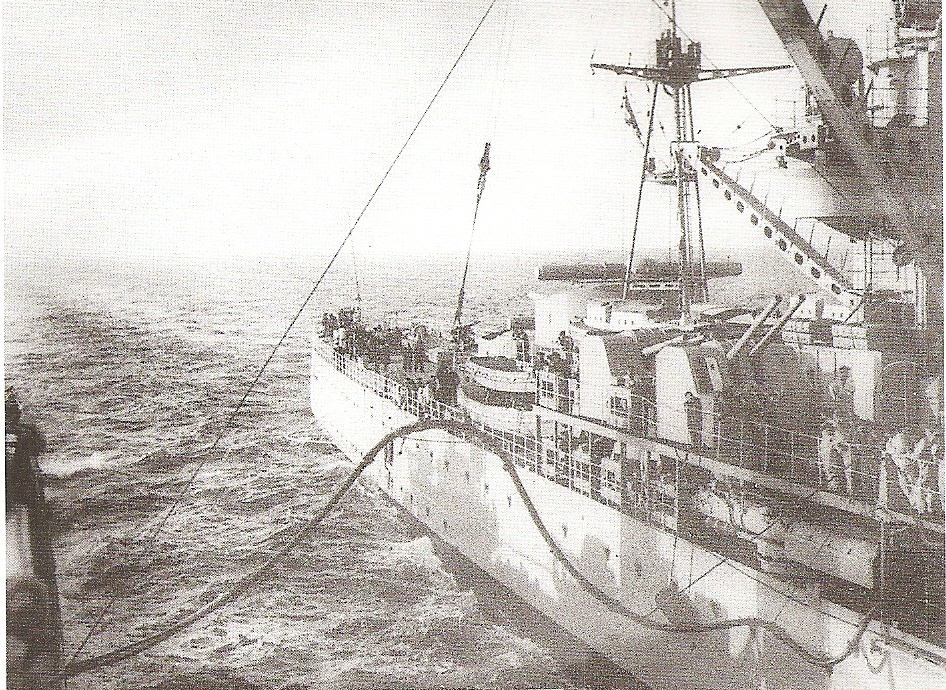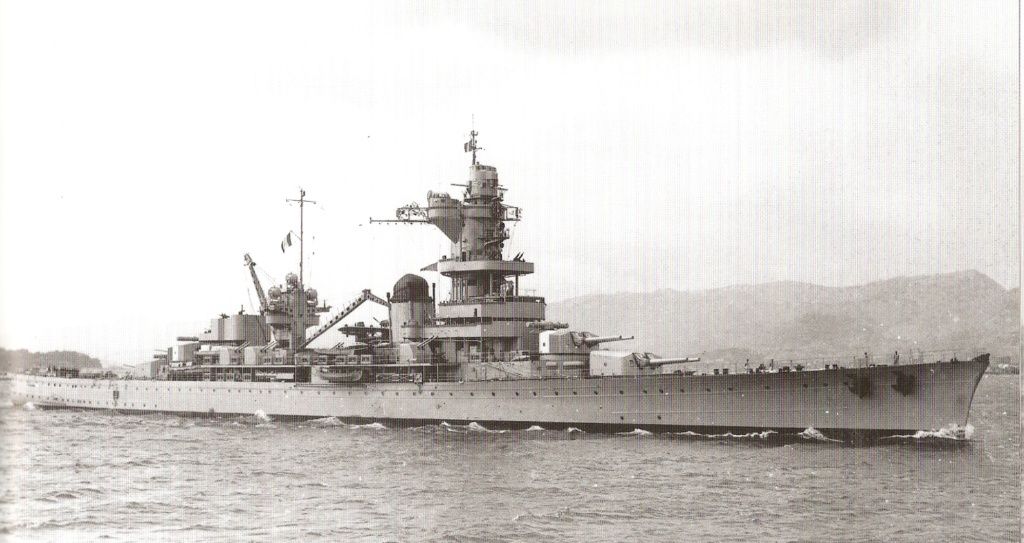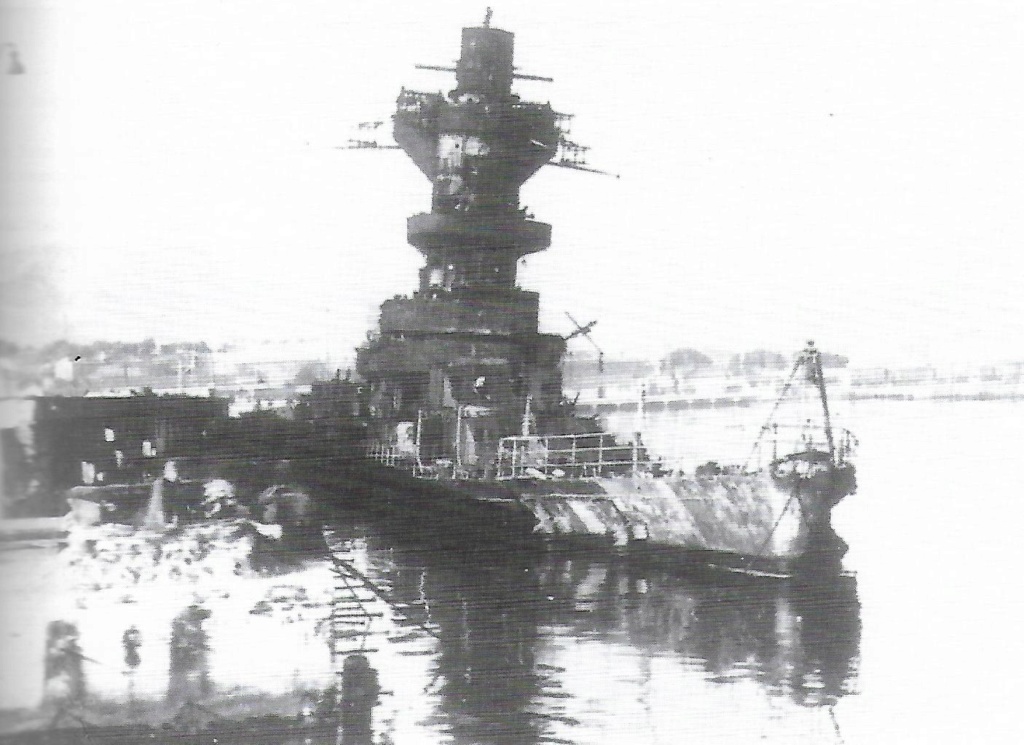- Yes
- No
About Algérie and its interest in War Thunder
As part of an effort to highlight the most original and interesting top tier warships among the French navy, the heavy cruiser Algérie is a must. Being known as one of the best cruisers built under the Washington treaty restrictions, its original and advanced configuration, its great armor, and superior artillery makes it the best contender as the French top tier prize as long as cruisers are concerned. It is also the best contender able to rival ships like the Admiral Hipper which were built specificaly taking into account the threat that represented this new design.
Algérie, the broken dreams of a state of the art warship
During the 1920’s the French navy was trying to find a way to rearm its fleet, severely lacking after the end of WW1. Although the Washington treaty had limited the size of its fleet and the scope of its modernisation, The biggest problem was the speed at which rival fleets were developing. Be it the Italian fleet or the German fleet, they both were modernizing at an alarming rate. While the French navy was building its first heavy cruiser classes, the Regia Marina was creating fast, powerful warships, especially the Zara class which were much more modern, with far better performances compared to the new serie of French heavy cruisers, the Suffren class. Thus, starting 1930, France started working on a new project of cruisers, project C4. The limitations of the Washington treaty affected the design of the cruiser, which used several innovations to keep it as light as possible while having a better armor and a good floatability. The most obvious change is the flush-deck which reduced the weight and allowed for a good speed despite the added armor. The final project was called PN141, and construction finally started. The cruiser was baptized Algérie, to celebrate the centenary of the Algerian expedition.
Algérie’s construction started in 1931. It was launched a year later, and finally, after two years of testings, it was commissioned in october 1934. It sailed in various fleets between 1934 and 1937. At the time, It operated mostly in the Mediterranean sea. When WW2 started, it joined the Force maritime de haute mer (High Sea Task Force). First escorting convoys, it quickly joined the fleet chasing the German commerce raiders, the Deutschland class, until March 1940. He then escorted the convoy transporting the French gold to canada to protect it in march 1940. Back in France in April, the battle of France was starting. Italy declared war soon after. On June 14, Algérie was the flagship of Operation Vado, during which it shelled the port of Genoa. the damages were negligible, although one of the Italian PT boats dispatched to attack the French fleet was damaged. Algérie came back to Toulon, as the war finally ended. Although the ship patrolled the Mediterranean sea and had several overhauls during the next two years, the lack of oil grounded the ship in Toulon. Unable to get out of of the city, it was scuttled along with the rest of the Mediterranean fleet during Operation Anton in 1942, without having ever faced the ships it was built to fight.
General Characteristics :
Tonnage:* 10931 tons (standard)
- 13644 tons (max overload)|
Length: 186.20 m
Beam: 20 m
Draught: 6.125 m
|||
Propulsion: * Rateau steam turbines - 5 Indret boilers
- 84 000 HP
Speed: 31 knots (57 km/h) max
Range:* 8000 nautical miles at 15 knots - 4000 nautical miles at 27 knots
Crew : 746 men as a leader ship
Armor :
Vertical protection :
Main belt : 110mm
Bulkheads : 70mm
Torpedo bulkhead : 40mm
Horizontal protection :
Main deck : 80mm
upper deck : 20mm
Blockhaus :
Front and sides 95mm
Main turrets :
Front : 100mm
Side : 70mm
back : 85mm
Armament :
8 x 203mm mle 1924 canons (4 x 2)
12 x 100mm mle 1932 AA canons (6 x 2)
8 x 37 mm mle 1933 AA guns (4 x 2)
8 x 13.2 mm Hotchkiss mle 1929 MGs (1 x 4 + 2 x 2)
6 x 550mm mle 1923 TLT (2 x 3)
1942 refit :
8 x 203mm mle 1924 canons (4 x 2)
12 x 100mm mle 1932 AA canons (6 x 2)
10 x 37 mm mle 1933 AA guns (5 x 2)
8 x 13.2 mm Hotchkiss mle 1929 MGs (4 x 2)
2 x 13.2 mm Browning FN Herstal 13.2mm MGs (1 x 2)
6 x 550mm mle 1923 TLT (2 x 3)
Regarding the 203mm turrets :
Spoiler
SPECS :
depression : -5°, +45°
rotation : 10°/s on 150°
weight : 158 tons
Max range : 31400
RoF : 4 s/m
203mm Shells :
AP shell mle 1936 : 136 kg
Explosive shell : 119kg,
OEA Explosive shell : 124 kg
Speed : 840 m/s
Regarding the AA canons and MGS :
Spoiler
(note : this is a photo of Richelieu’s 100mm)
100mm Mle 1931
SPECS :
depression : -10°, +80°
rotation :80°
weight : 13.1 t
100mm Shells :
weight : 22.7 kg (OEA) 24 kg (AP)
Max range : 10 000m
Fire rate : 10 s/m
37MM MLE 1933
SPECS :
depression : -15°, +80°
rotation : 360°
SHELLS :
Max range : 7 000m
13.2MM MLE 1929
SPECS :
depression : -10°, +90°
rotation : 360°
SHELLS :
Max range : 7 200m
Rate of fire : 200-250 s/m
PHOTOS AND PLANS:
Spoiler
Plans and drawings :
Complete list of blueprints :
[1935] Algerie Croiseur.pdf - Google Drive
Armor configuration (in russian)
Photos :
Sources :
Spoiler
CROISEUR LOURD ALGERIE (FRANCE) (TERMINE)
http://www.fr.naval-encyclopedia.com/2e-guerre-mondiale/marine-francaise2egm.php
CA - Algérie (1932) : Křižníky
[1935] Algerie Croiseur.pdf - Google Drive
MAURAND Patrick, Le croiseur Algérie, Marine édition, 1996, 96p

